Conservationists have concerns about the worst non-native bullies such as Spanish bluebell, Himalayan balsam and Japanese knotweed, but the dozen we’ve picked are mostly benign.
The most obvious species illustrated in this guide is probably red valerian, originally from the Mediterranean and now a very familiar sight on walls, decrepit buildings and cliffs. Meanwhile, South African montbretia often crops up in tourist brochures celebrating the ‘traditional’ Cornish countryside.
Some of these floral fugitives, such as evening primrose and purple toadflax, are natural escape artists, leapfrogging our garden boundaries as seed. Others, including soapwort and dotted loosestrife, loiter near lay-bys on the edge of town – a sign of botanical fly-tipping.
Bear in mind that introducing non-native plants into the wild is not recommended – and, in the case of 38 of the most invasive ‘Schedule 9’ species, illegal.
All illustrations by Felicity Rose Cole
How to identify non-native summer flowers
Montbretia (Crocosmia x crocosmiiflora)

Native to South Africa. Patch-forming perennial of verges, hedgebanks and woods. Its spread is causing concern.
Soapwort (Saponaria officinalis)
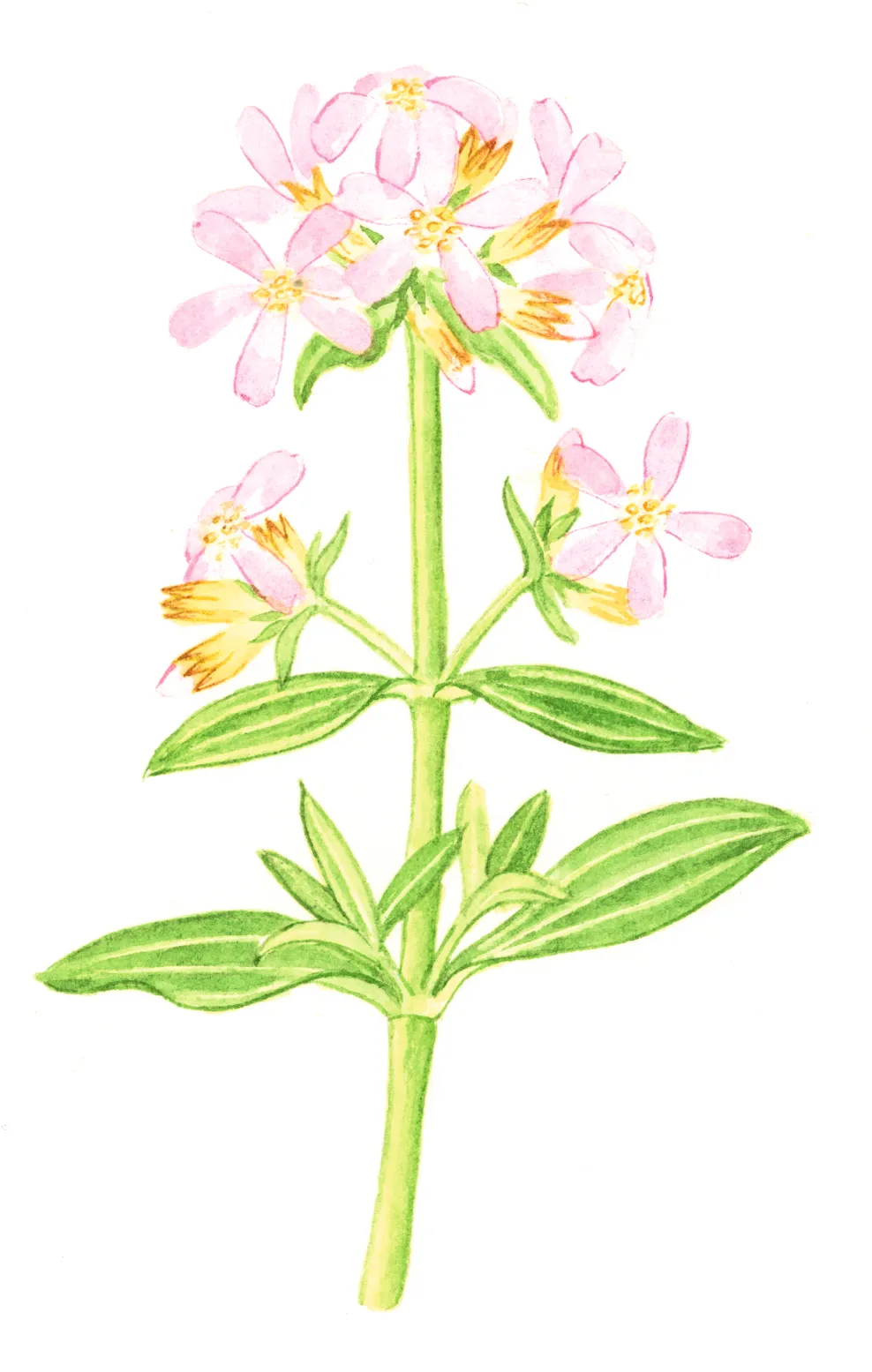
Native to mainland Europe. Patch-forming perennial of shady road verges, waste ground and riverbanks.
Goldenrod (Solidago canadensis)

Native to North America. Clump-forming perennial of waste ground and riverbanks. Popular with insects.
Red valerian (Centranthus ruber)
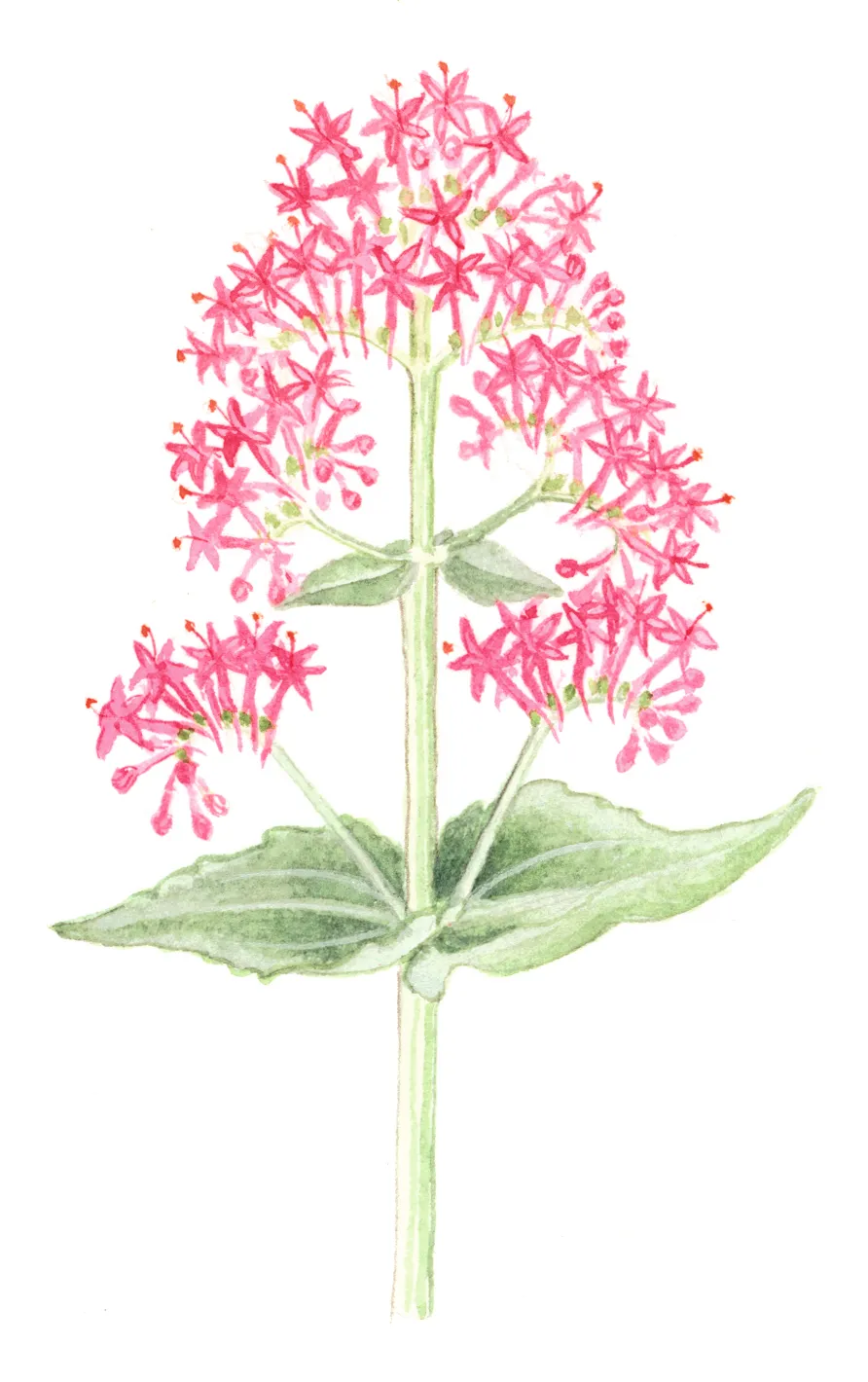
Native to Mediterranean. Perennial of cliffs, walls and old buildings. Very attractive to butterflies and moths.
Peach-leaved bellflower (Campanula persicifolia)

Native to mainland Europe. Short-lived perennial of well-drained waste ground and railway verges.
Opium poppy (Papaver somniferum)
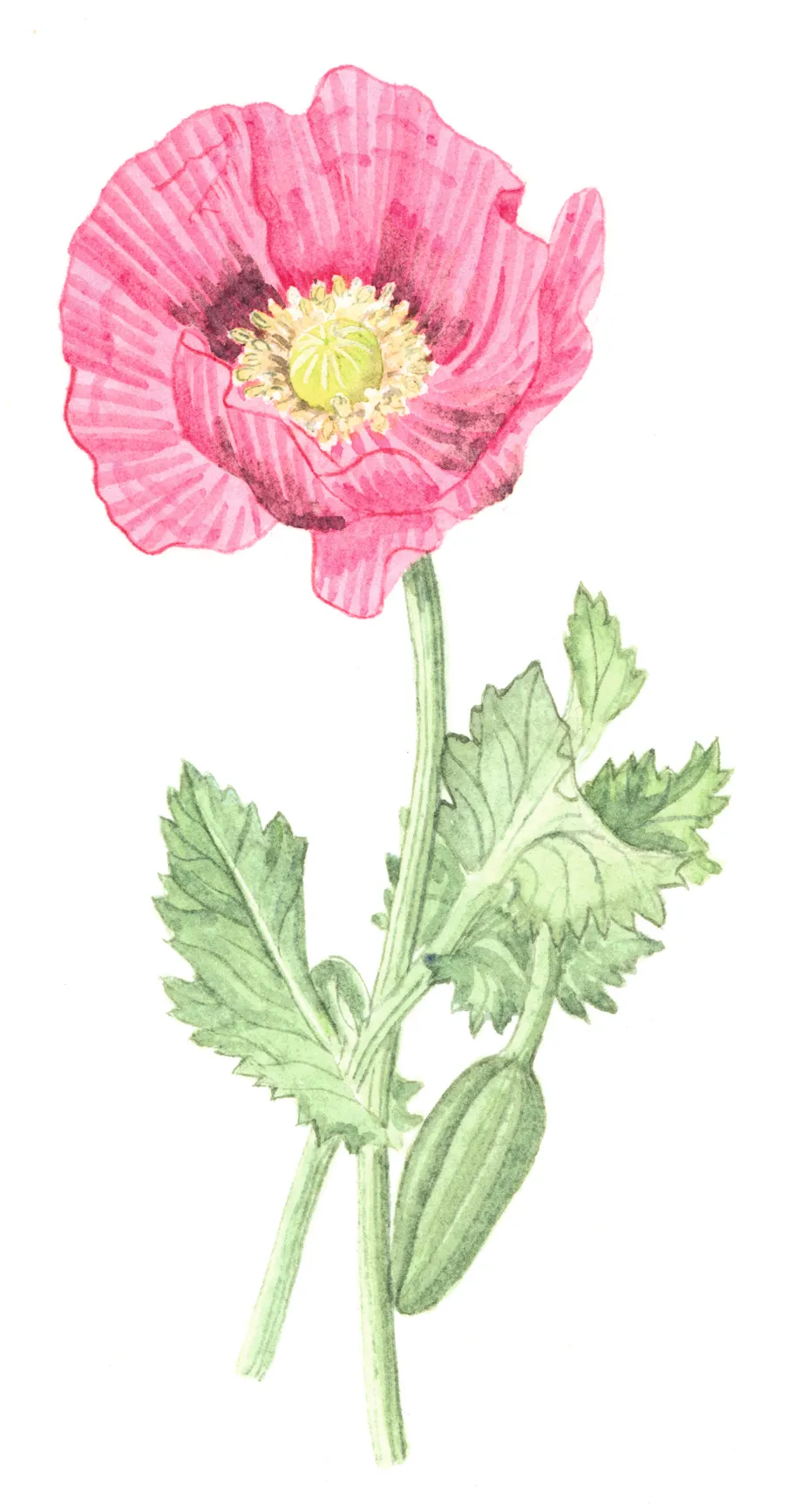
Native to south-east Europe and western Asia. Overwintering annual of waste ground and disturbed soil.
Purple toadflax (Linaria purpurea)
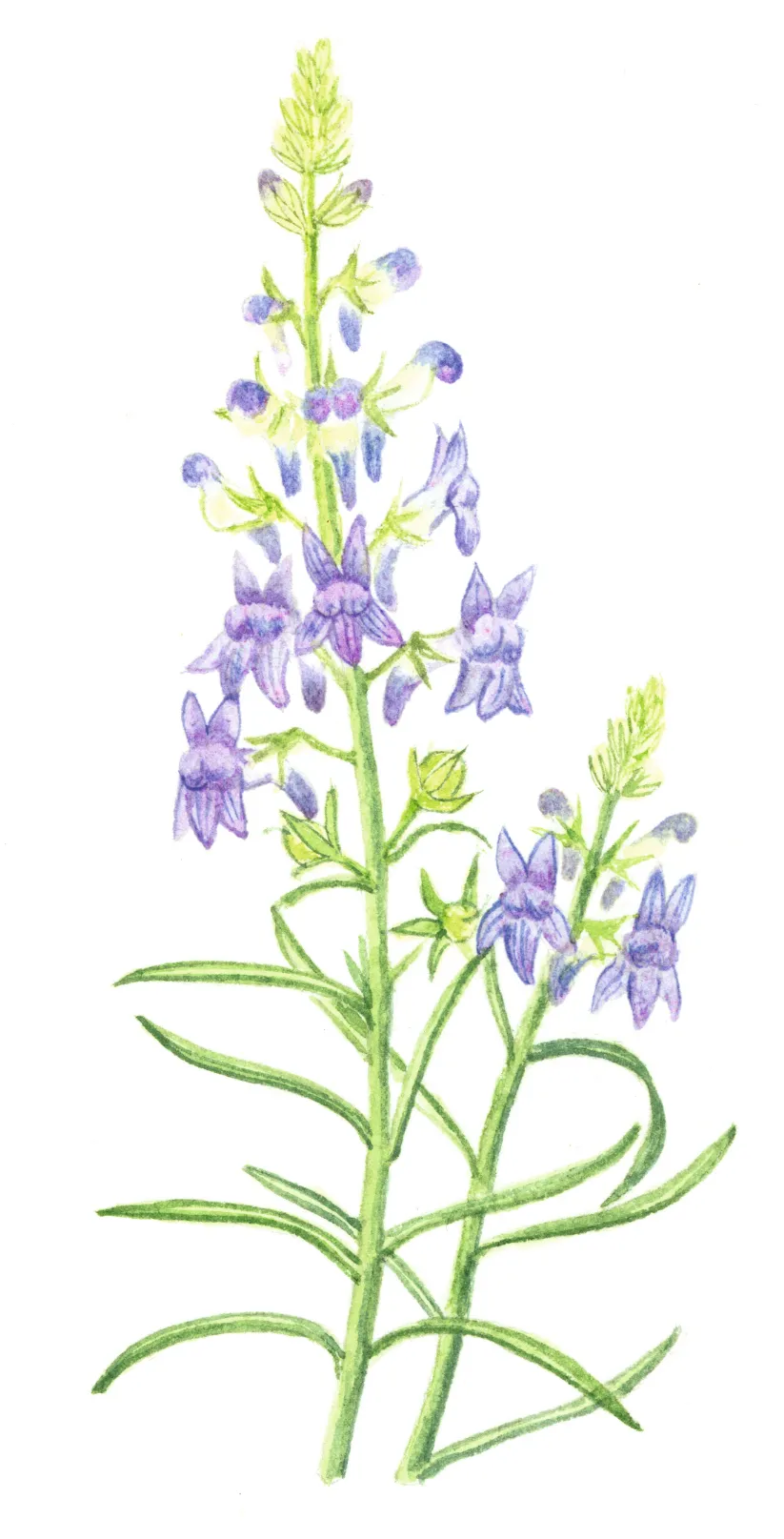
Native to Mediterranean. Perennial of dry, well-drained soil, especially waste ground and railway sidings.
Dotted loosestrife (Lysimachia punctata)
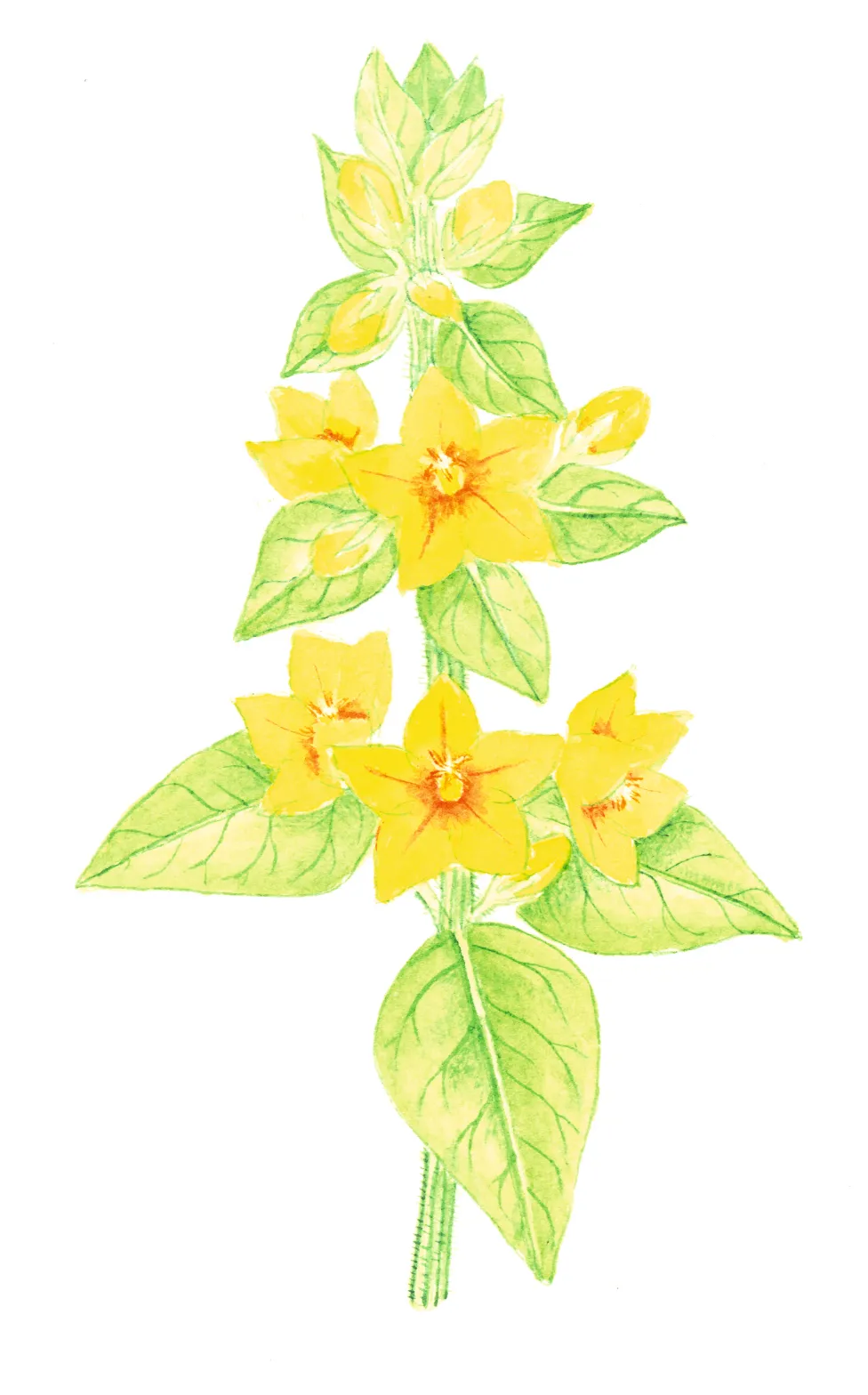
Native to Southern Europe and Turkey. Patch-forming perennial of road verges and waste ground.
Rose campion (Lychnis coronaria)
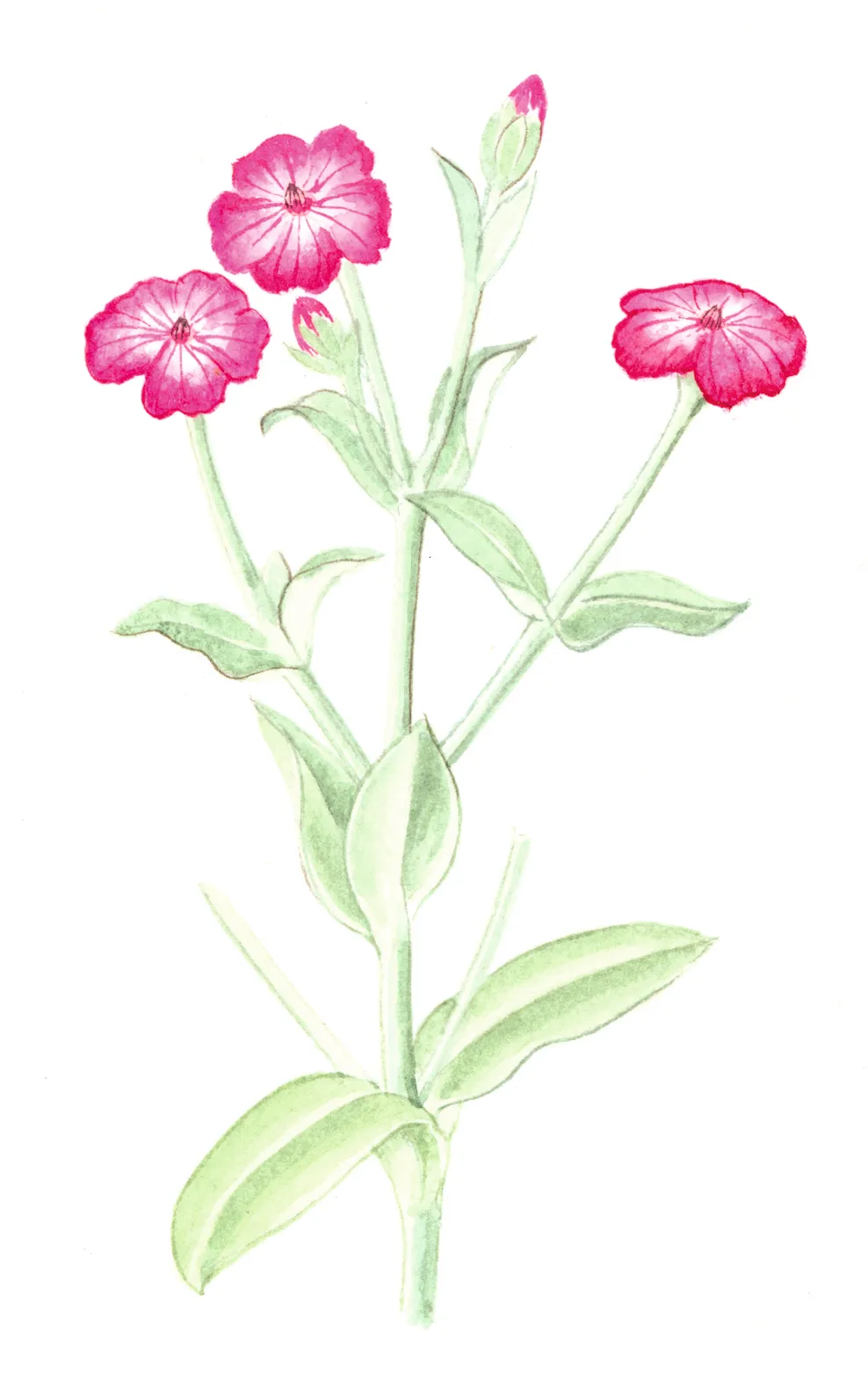
Native to Southern Europe, North Africa and the Middle East. Perennial in sandy places or dry waste ground.
Large-flowered evening primrose (Oenothera glazioviana)

Native to North America. Biennial of waste ground and railway sidings.
Goat’s rue (Galega officinalis)
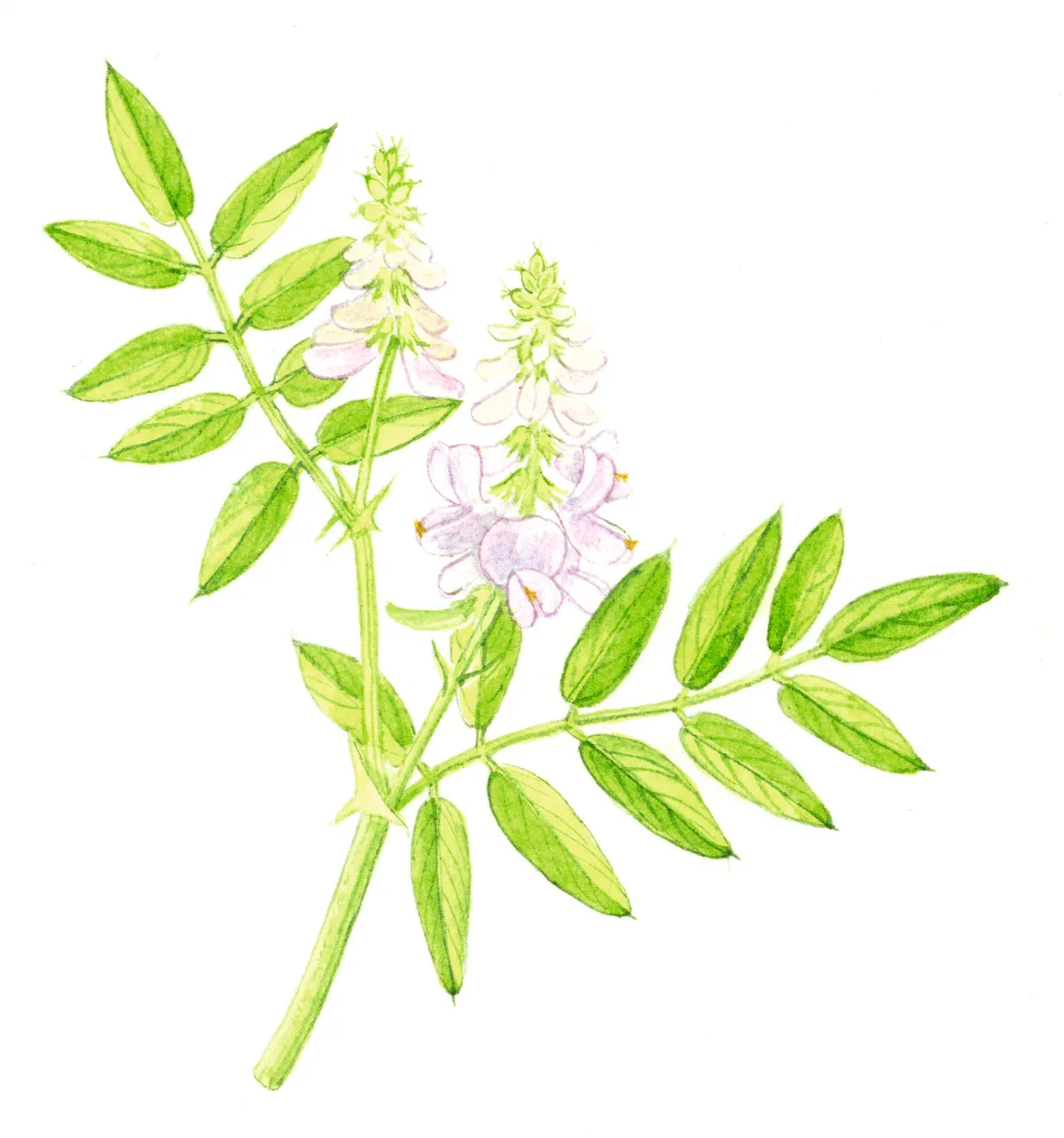
Native to Middle East. Clump-forming perennial of road verges, waste ground and railway banks.
Broad-leaved everlasting pea (Lathyrus latifolius)

Native to Southern Europe. Perennial of hedgerows and road verges.
Main image: Red valerian growing at Port Isaac in Cornwall, UK. © Getty